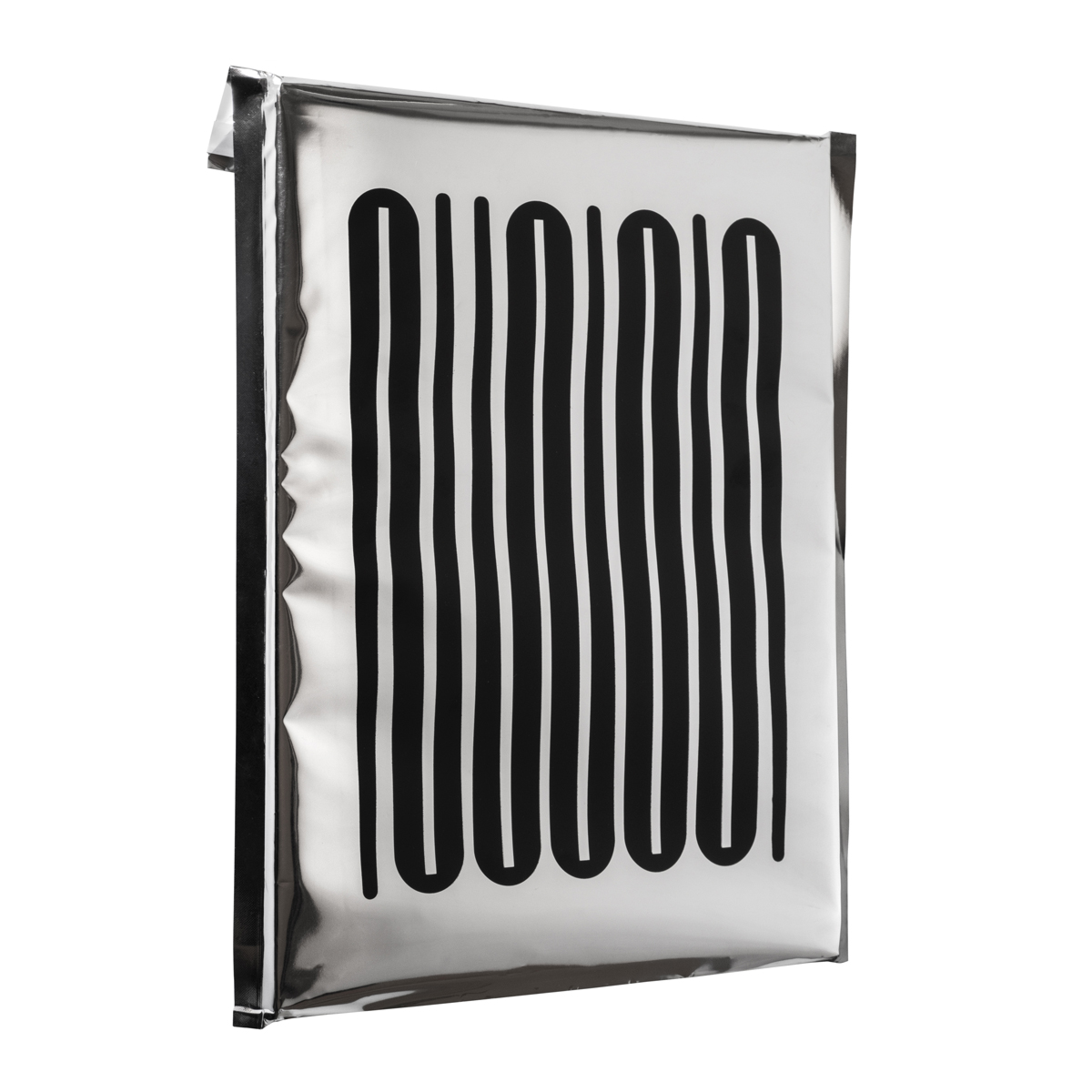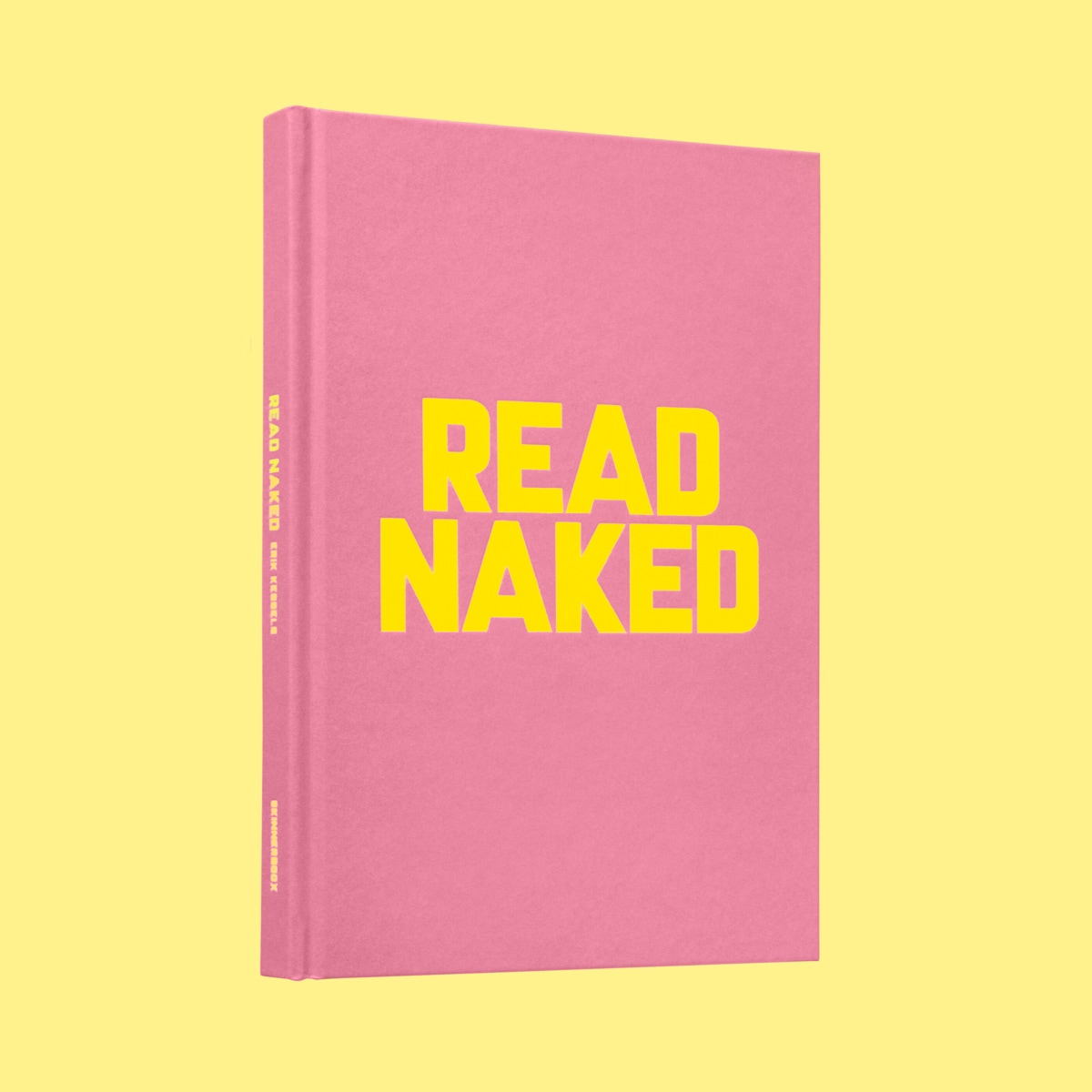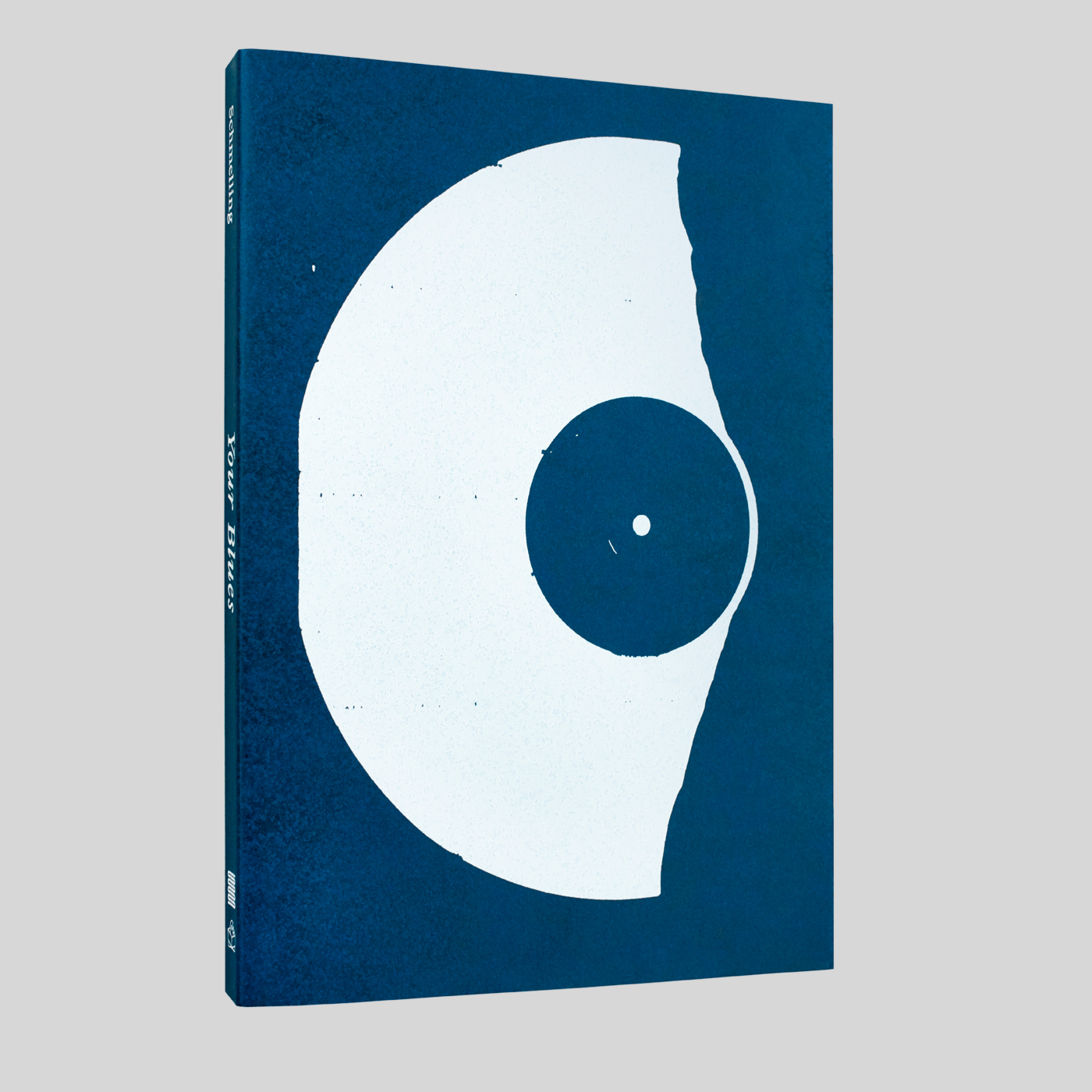Ezio D'Agostino
Neos
33,18€
Out of stock
Out of stock
NEOs explores a new cycle of capitalization that has been unfolding practically unnoticed for nearly twenty years. The work was prompted by the government of Luxembourg’s announcement of SpaceResources, the first-ever space program designed to mine asteroids and near-earth objects (NEOs), thanks to collaboration between the Grand Duchy of Luxembourg and various private companies backed by leading investment banks. Shortly after the United States, Luxembourg established a legal framework to permit the appropriation of minerals in outer space (currently subject to an international treaty of 1967 which prevents the national appropriation of these resources), therefore becoming the leading research and construction centre for the commercialization of raw materials extracted from space.
The argument is that the programme will improve living conditions for human beings, but in the hands of private prospectors it is set to become one of the most lucrative businesses of the second half of this century.
Based on remains, debris and memories, Ezio D’Agostino is gradually constructing a visual and political hypothesis about the possible repercussions of this new cycle of extractivism in our late capitalist times. On one level, this archaeology is a visual analysis of the development of new capture devices, but at the same time it is a practice that questions the potential role of photography—not as a portrait of what has been, but of the gestures that are unfolding. In the porosity of his images there is one question that resonates inexorably: how do we materially inscribe that which has no space?
What we see is not so much a photographic document but a visual essay, an experiment that explores the ability to materialize quasi-real forms without images; an archaeological project in which a fragment is not only a ruin but rather a seed that enables us to test our understanding of new formations. […] Images that emerge from highly complex and contradictory movements. Embracing a certain sensitive knowledge that has nothing to do with the ways in which modern reason is articulated. How do wealth creation processes work? What are the methods of growth? What role can images play in questioning ideas about progress and economic development?
you may also like
out of stock
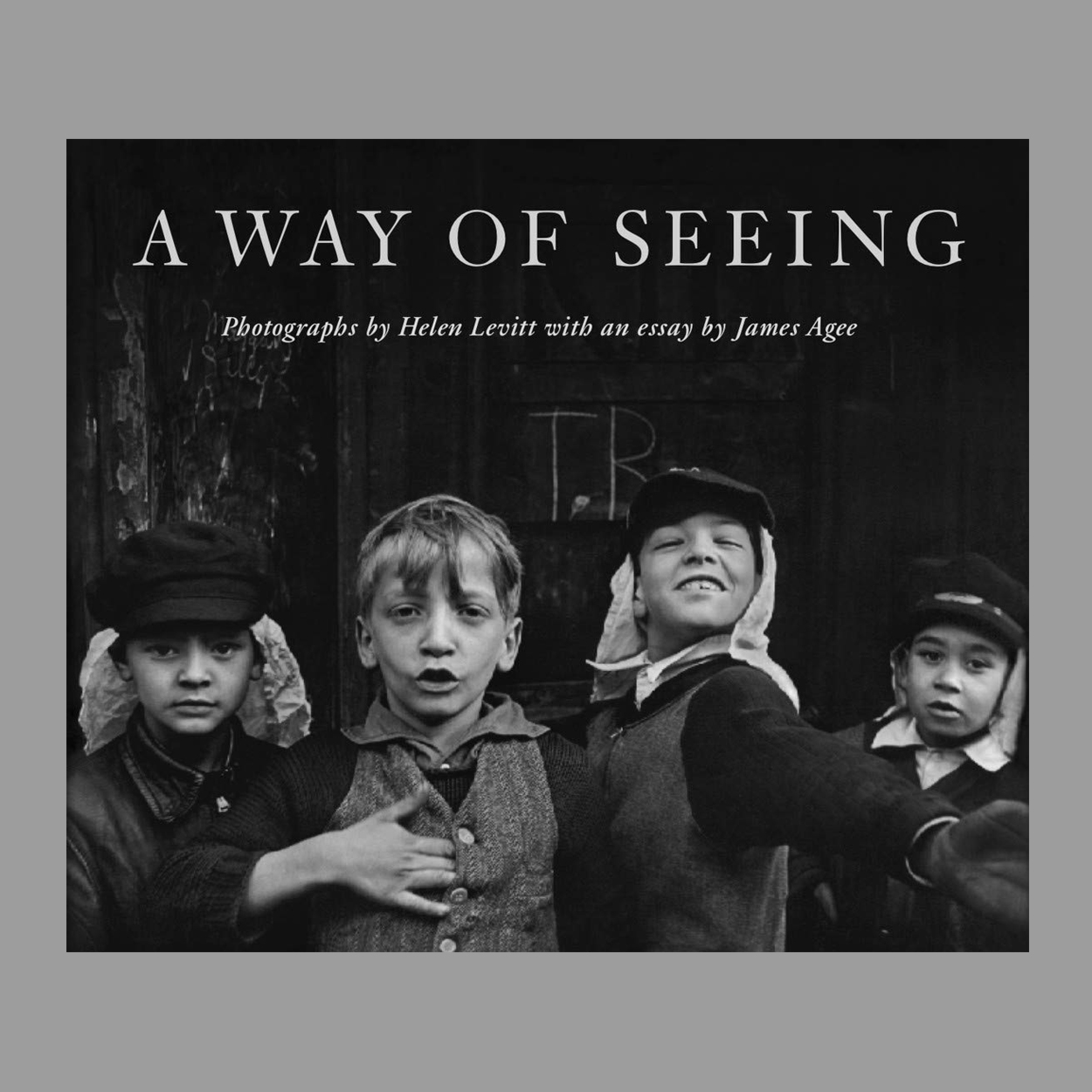
A Way of Seeing
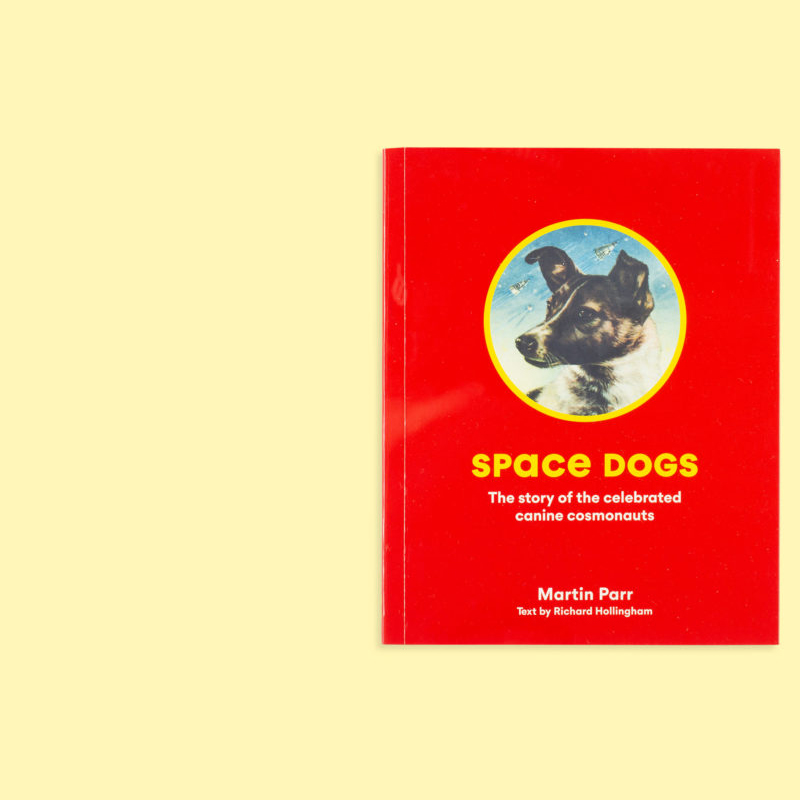
Space Dogs – The Story of the Celebrated Soviet Moon Pups
out of stock
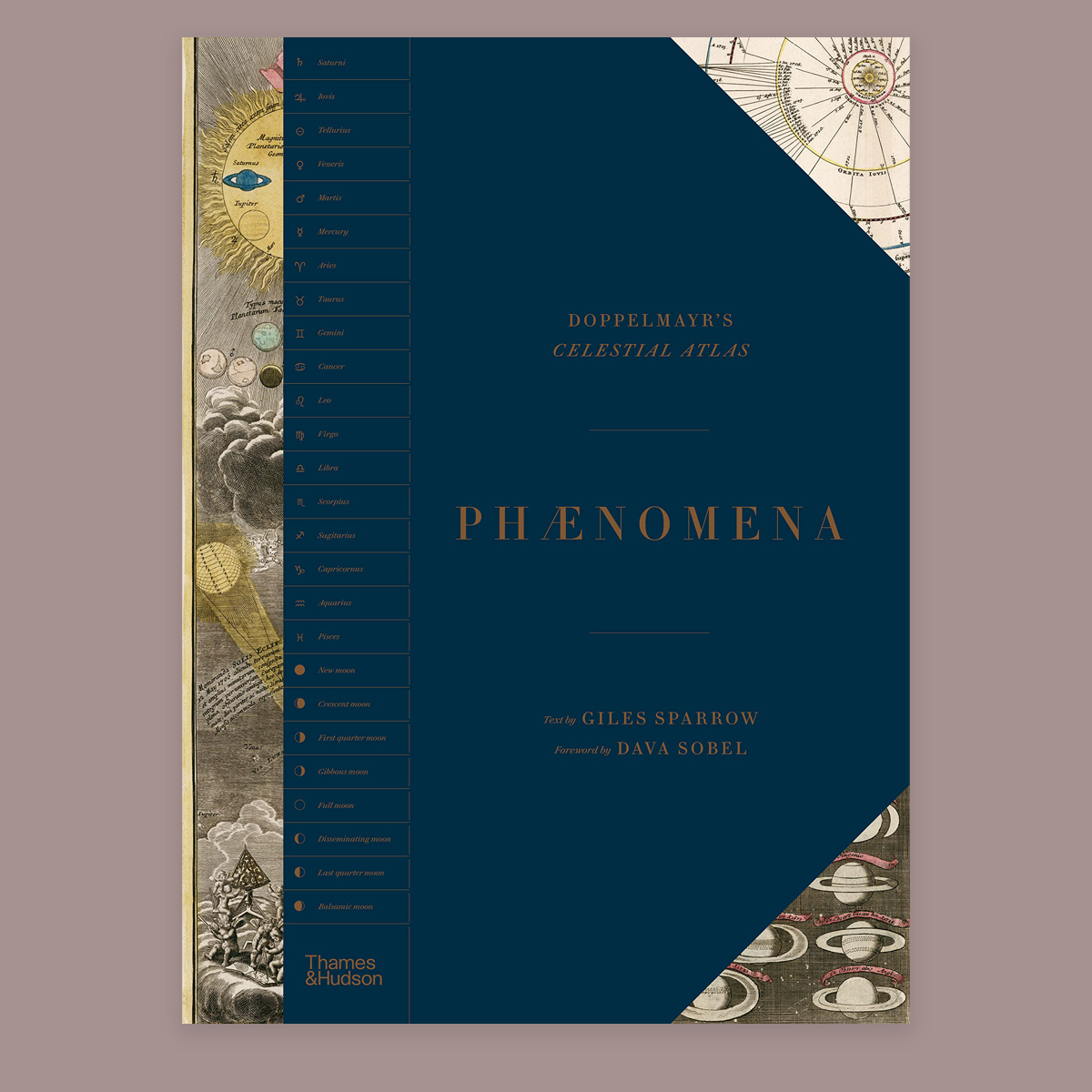
Phaenomena: Doppelmayr’s Celestial Atlas
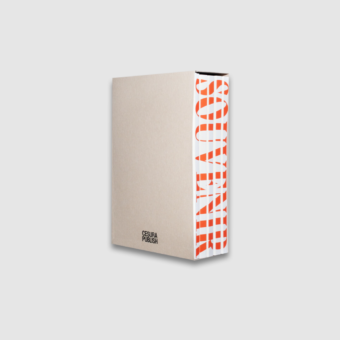
Souvenir
